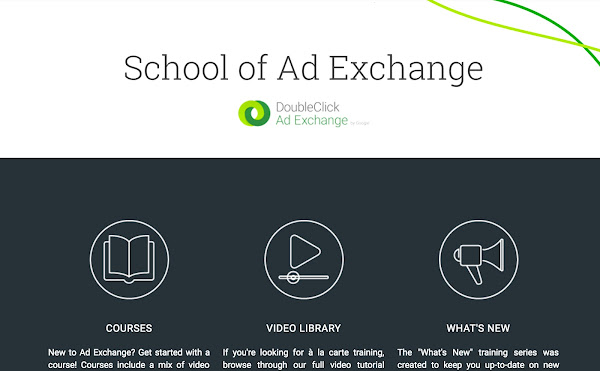Are you a new publisher to DoubleClick for Publishers (DFP) and/or DoubleClick Ad Exchange, and are wondering where to find engaging, publisher-facing training materials?
Do you regularly review Google help centers but want more tailored content?
Or are you already a seasoned publisher who has been waiting for new training materials that would help you drive growth to your business?
No matter your publisher expertise, you can access valuable training materials at Publisher University, a website created specifically for DFP and Ad Exchange users. With Publisher University, you can learn about the product areas that are most valuable to you through tailored, self-study training modules.
Since its launch in 2014, Publisher University has become a one-stop training destination for DoubleClick publishers. There are solutions suited to your needs:- Courses: Start with a level 1 course for a well-rounded understanding of how DFP and Ad Exchange work, and then demonstrate your knowledge by passing an exam. The goal is to provide a clear learning path for both products. You’ll even receive a printable certificate, the perfect accessory for bragging to your co-workers.
- Video Library: If you’re looking to find training on a specific topic, you’ll find all of the publisher training materials conveniently located in one place. With the Video Library, you can go ahead and pick the topics that are most relevant for you.
- What’s New: The What’s New video series is a great tool to help keep track of the latest feature releases on DFP and Ad Exchange, and see how they work.
Publisher University is constantly improving to help you learn, and has made numerous improvements to serve our publishers better. Highlights include:
- International language support: All Publisher University content is available in 11 languages, including: English, German, Spanish, French, Italian, Japanese, Korean, Portuguese (Brazil), Russian, Chinese (Simplified) and Chinese (Traditional).
- Search: No need to click from page to page to find the video you’re looking for. Instead, you can search in the language of your choice for the topic you need to learn.
- Site responsiveness: Looking to learn on the go? Open Publisher University on your tablet or smartphone to let the learning continue when you’re away from your desk.
Access this high-quality content from the convenience of your own computer, phone or tablet. Especially with our latest updates to our learning resources, there’s never been a better time to learn.
Visit g.co/PublisherU today. Posted by Danielle ChangAd Traffic Quality




